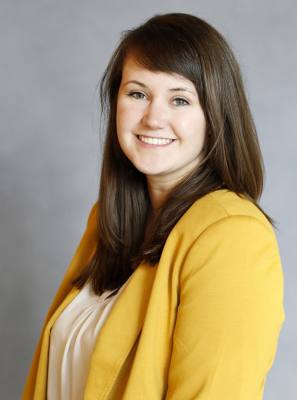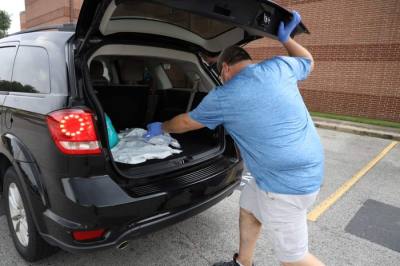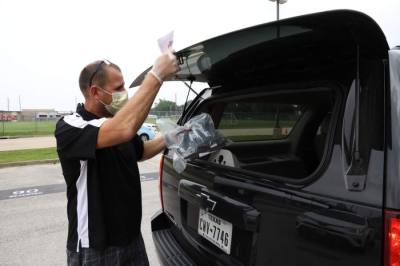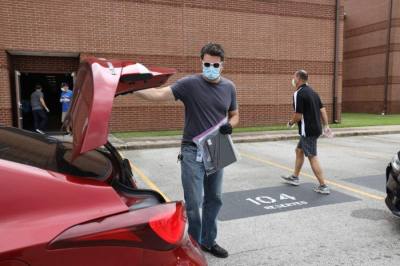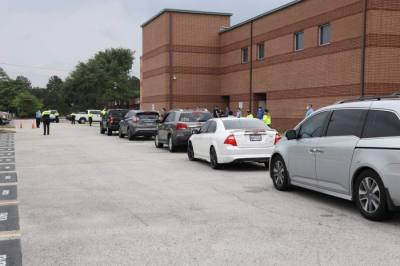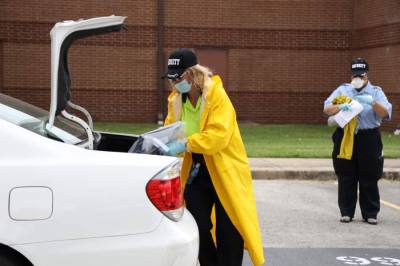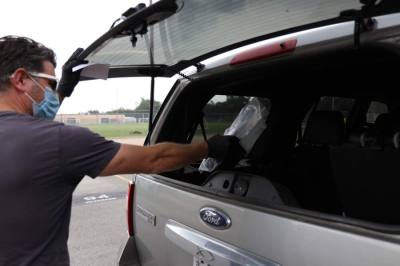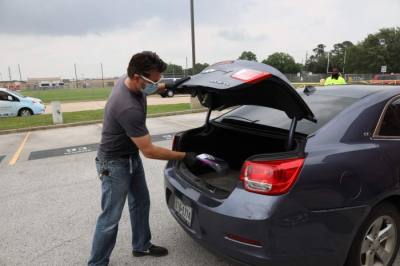“There are so many family members at home from work and from school,” she said.
Parents need a laptop or tablet device for work while students also need the device for school work, she explained.
"People may have just one device or two devices at home ... and families [may have] three to five kids in their homes and all of them needing access."
She acknowledged that many students have smartphones but added it is difficult to type out long responses on a handheld device. A laptop with a keyboard is much easier to use for coursework such as reports and term papers.
KISD also prepared an additional 3,000 devices for teachers, Rankin said. She said she’s confident the district has enough mobile devices to lend out to students or teachers if needed.
“With the technology more so in the classroom—as opposed to down the hallway in a computer lab—we've started already transitioning over the last couple of years to go more mobile in order for any space to have technology in it,” she said of the district's investment in mobile technology devices.
Ensuring access
Thanks to an online dashboard for teachers and principals, teaching staff can receive reports on students who are not signing into their online classes or turning in assignments, Rankin said. Teachers can then reach out to individual students to learn why they are missing coursework, and oftentimes it is because a student does not have access to a smart device or the internet.
“Teachers, counselors and assistant principals are coming through the line to pick up a device for their students ... because maybe the student’s parents are both health care workers, and they’re working 24/7, and their grandmother is staying with them, and they don’t have access to a car," Rankin said.
However, to pass out the 12,000 devices, the IT department had to create an efficient pick-up system, she said.
This system—which includes the help of librarians and safety officers—includes several steps:
- A parent or guardian fills out and turns in a form indicating the need for a student device;
- KISD sends an email with a date and time slot for the parent or guardian to arrive in their car at the Educational Support Complex;
- the KISD email includes instructions for the parent to display a sign with a user ID and pick-up number in their window;
- the parent arrives at their time in their car;
- a librarian scans a pre-packaged bag with a device, charger, instructions and the pickup number;
- the parent opens the trunk of their car or back seat window; and
- a security officer places the bag in the car
With this system, the district is able to hand out about 300 devices every hour, Rankin said. Also, the pick-up number is essential for following up with parents who were unable to pick up the device as well as to limit personal interaction in line with social distancing guidelines, she added.
“Staff members have gone above and beyond to make sure our students have the device or whatever they might need in order to accommodate them through this time,” Rankin said.
For those who may speak a language other than English, KISD has provided documentation in Spanish, she said. There are also programs in the devices that allow students to change settings to their native language. Another tool can read text to students.
Technology issues
Rankin said KISD expects some wear and tear on the devices or confusion from users on how to use a program.
Several years ago, the IT department set up a parent help desk for technology questions, and staff are available during the district's device pick-up dates to help fix hardware issues or swap out devices, she said.
Rankin said fewer than 50 devices have needed repairs from both students and teachers.
“I really feel like the students know that they need this device, and so they're going to take really good care of it,” she said.


